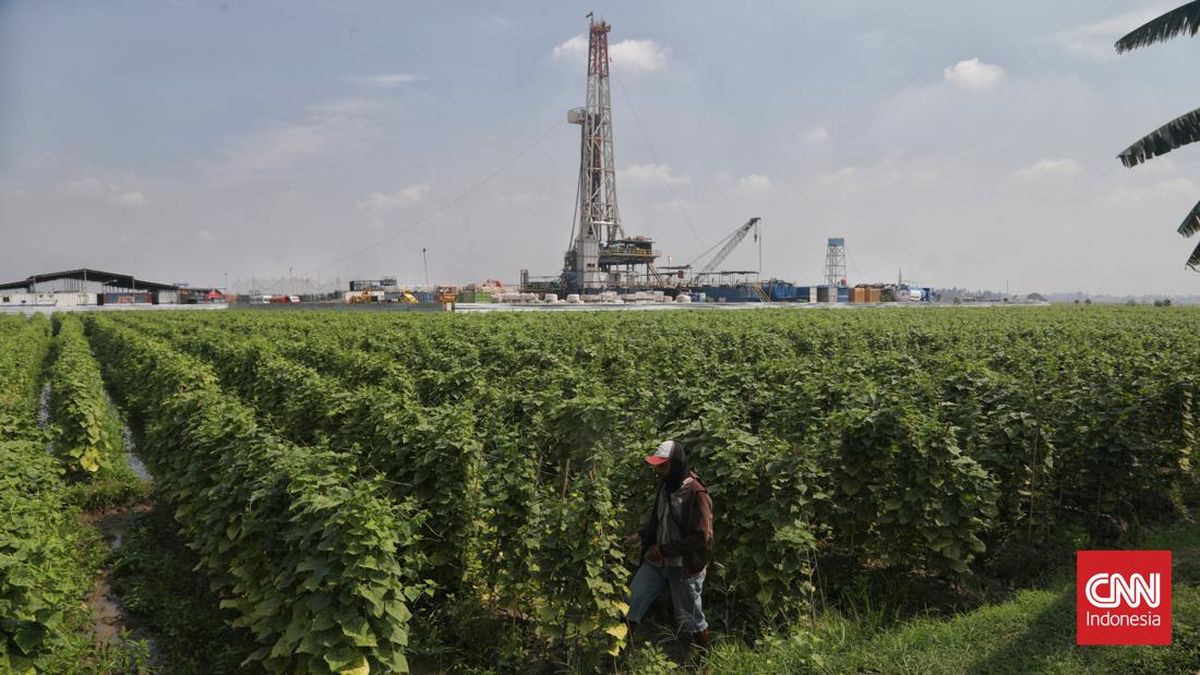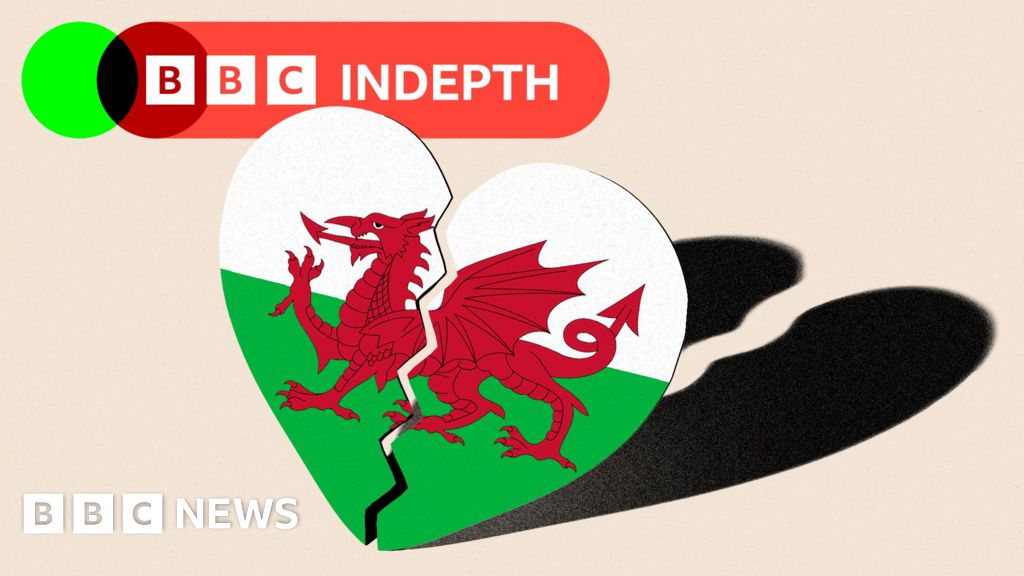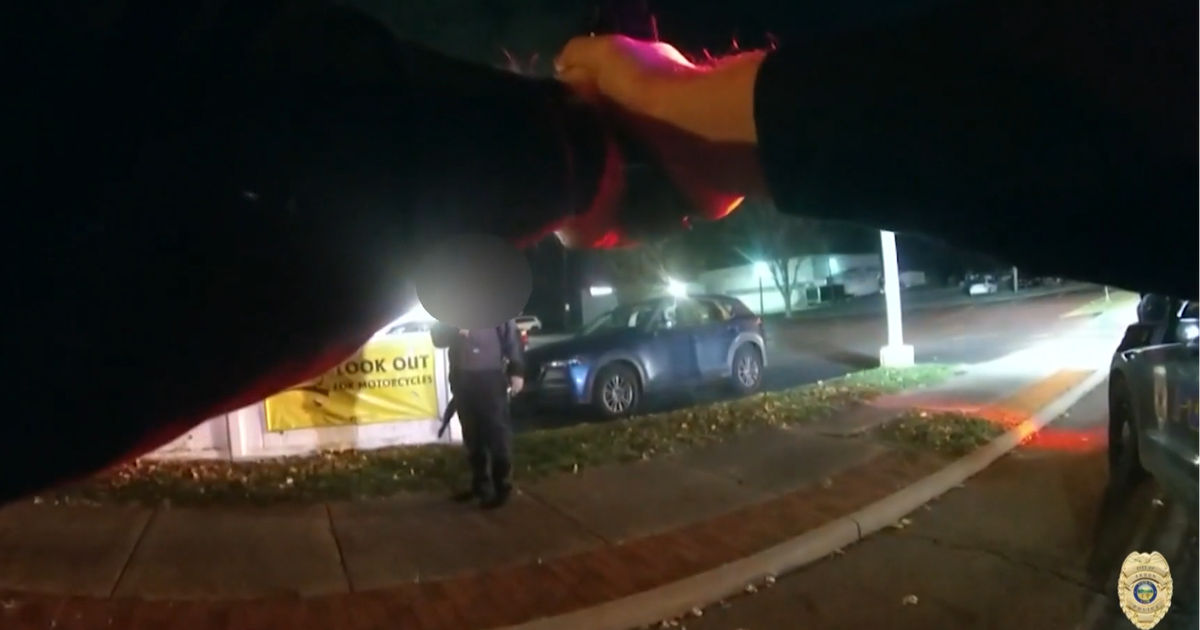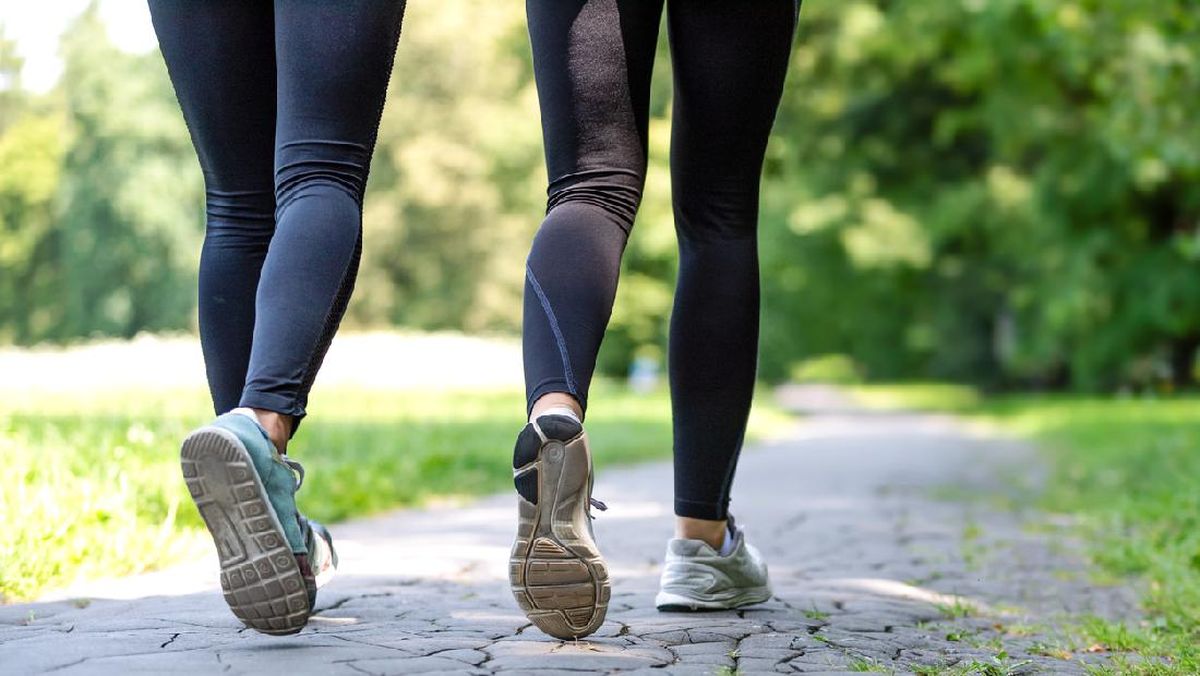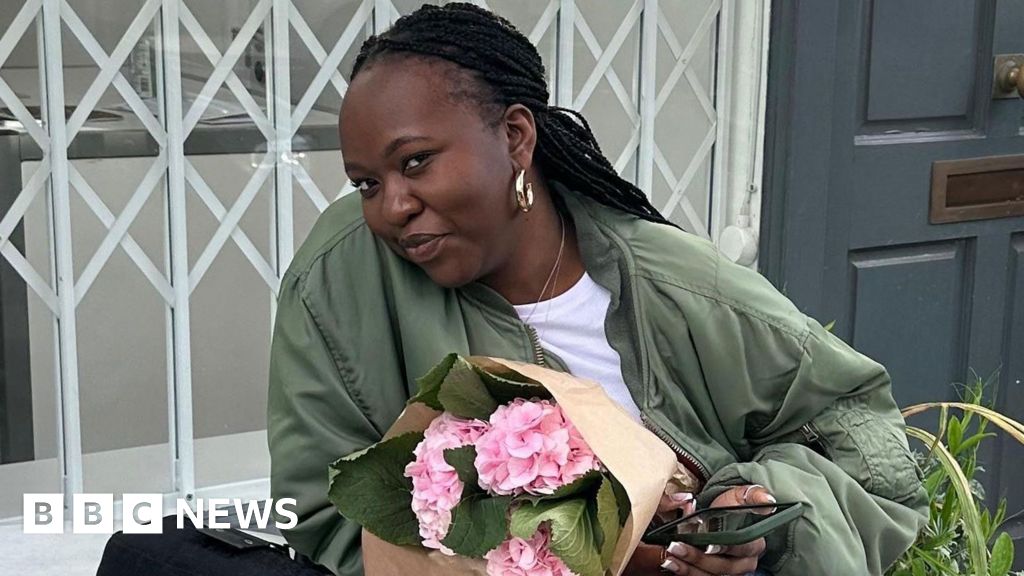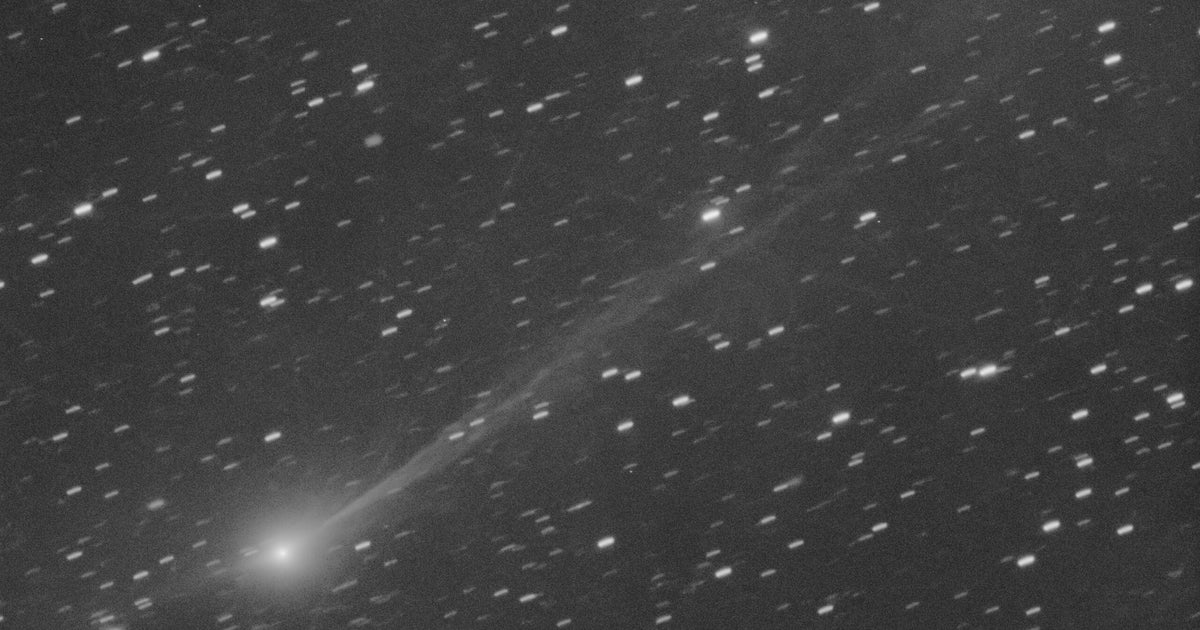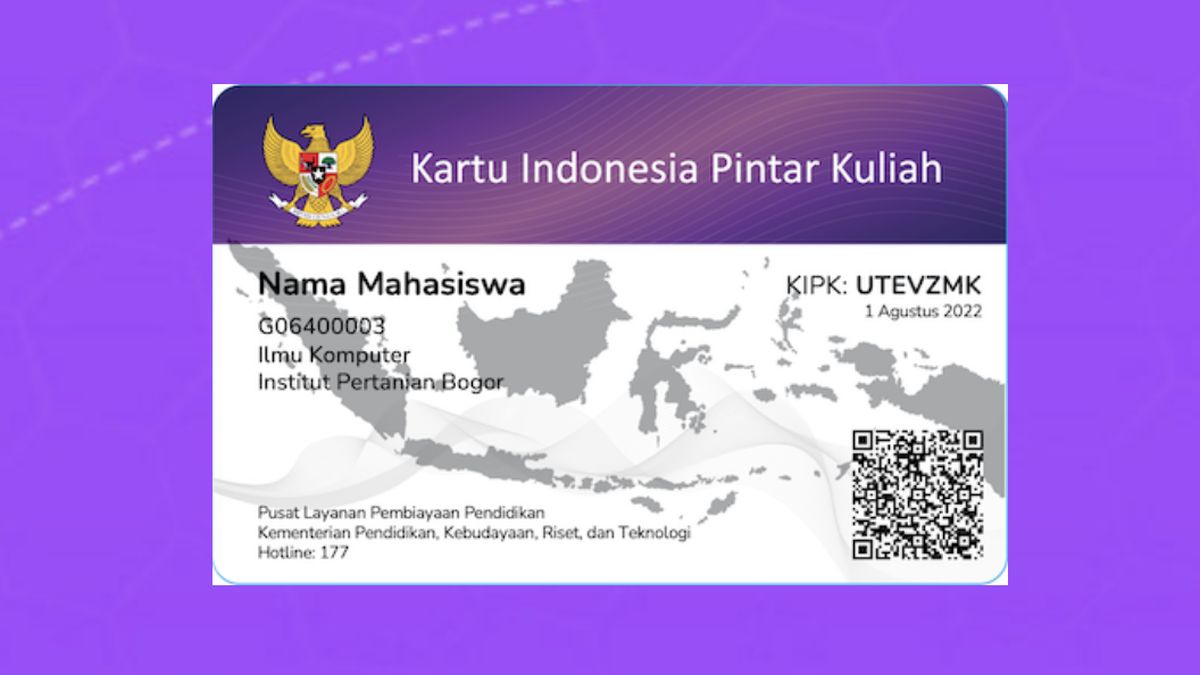By Ali Watkins
November 20, 2025 — 10.34am
The act has been called many things. Centrifugal motion. Perpetual bliss. The thrill of the moment. Unstoppable. In technical terms, it is “non-agonistic interaction involving directed, intraspecific, oral-oral contact with some movement of the lips/mouth parts and no food transfer”.
Or, as her majesty Faith Hill might say, “This kiss”. And, it turns out, it’s also really old.
British scientists say they’ve traced the age of the kiss, to anywhere from 16 million to 21 million years ago, and have found that it was far more common among other species than previously understood.

Scientists says there is no biological purpose to kissing and yet, it persists.Credit: Getty Images/PhotoAlto
Ants? They smooch. Fish? Kissers. Neanderthals? Yep, they puckered up, too – sometimes even with us.
But kissing, the researchers said, has always been something of a so-called evolutionary mystery. It doesn’t present much benefit for survival, it has minimal reproductive benefits, and it’s mostly symbolic.
“Kissing is a really interesting behaviour,” says Matilda Brindle, an evolutionary biologist at Oxford University who led the study. Dozens of societies and cultures use it, it’s common, and it has weighted symbolism. But, she said, “we’ve not really tested it from an evolutionary perspective”.
Loading
In prehistoric kissing, it seems, that could be the primitive origins of our search for intimate connection. The act inherently requires vulnerability, and trust. It’s not always sexual and is often used among and between genders simply to show affection, and often between parents and offspring.
Though researchers found evidence of kissing in several species, they narrowed the focus of the study mostly to the behaviour of large apes, such as gorillas, orangutans and baboons.
But the vast use of the practice surprised Brindle. She says she had expected examples of kissing among apes and humans, but was surprised to see the gentle behaviour shared between bugs, albatrosses and polar bears.
“For some reason, I didn’t expect this many of them to kiss,” Brindle says.
Among their research groups were Neanderthals, which, despite their differences, shared microbes with modern humans. It leaves open the chance, the study said, that the two swapped spit in not-so-distant history.
Brindle says she hopes the study can be a foundation for further studies on kissing, and determine – as the study itself notes – whether it is more than Ingrid Bergman’s preferred pastime. Other scientists, she hopes, might start recording their observations of these behaviours while in the field.
“If we had more data on this,” she says, “then we could really start to kind of unpack the potential kind of adaptive advantages of kissing.”
Most Viewed in Lifestyle
Loading

